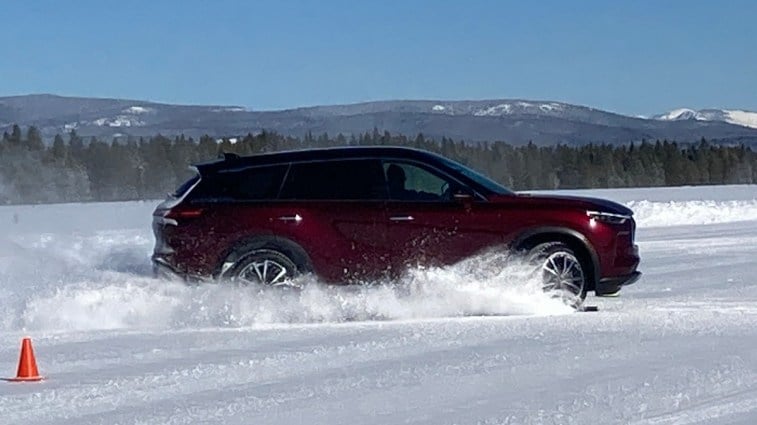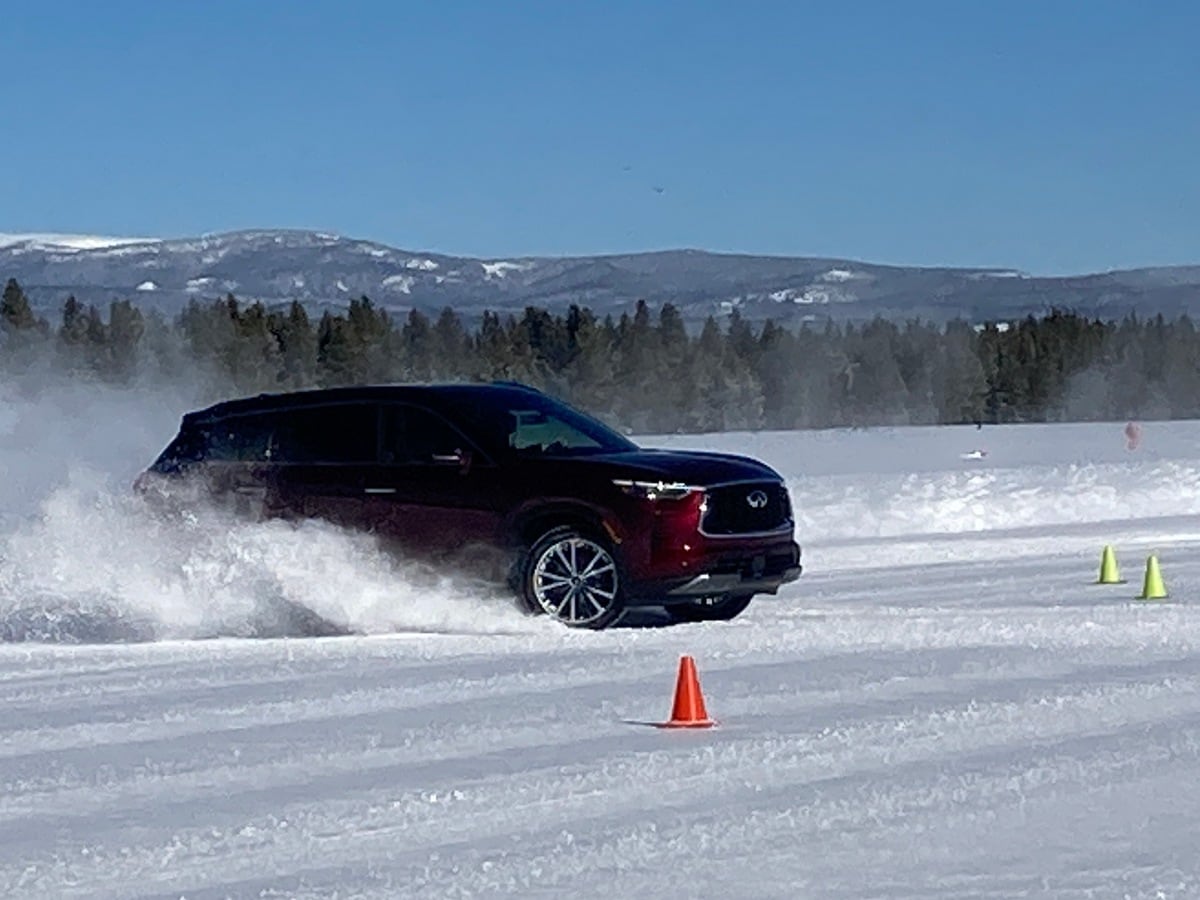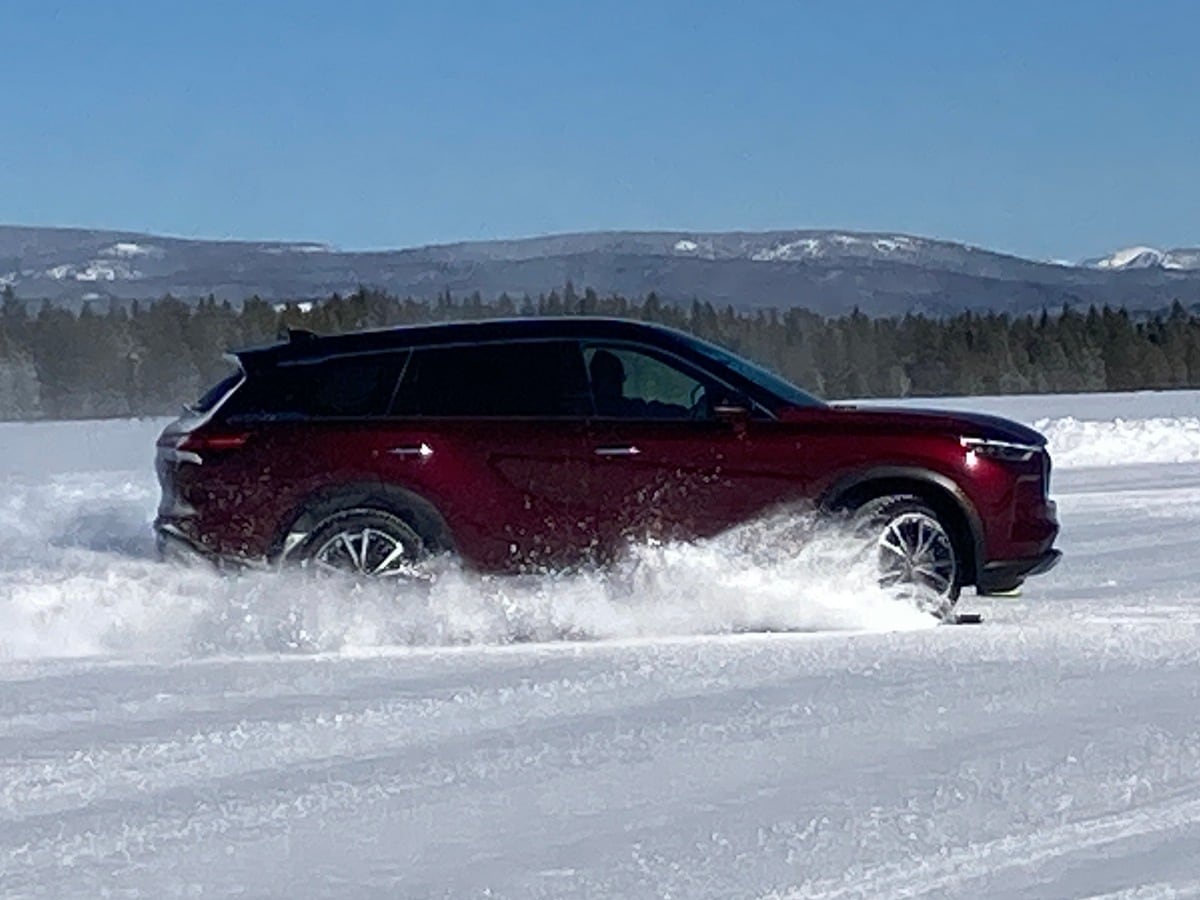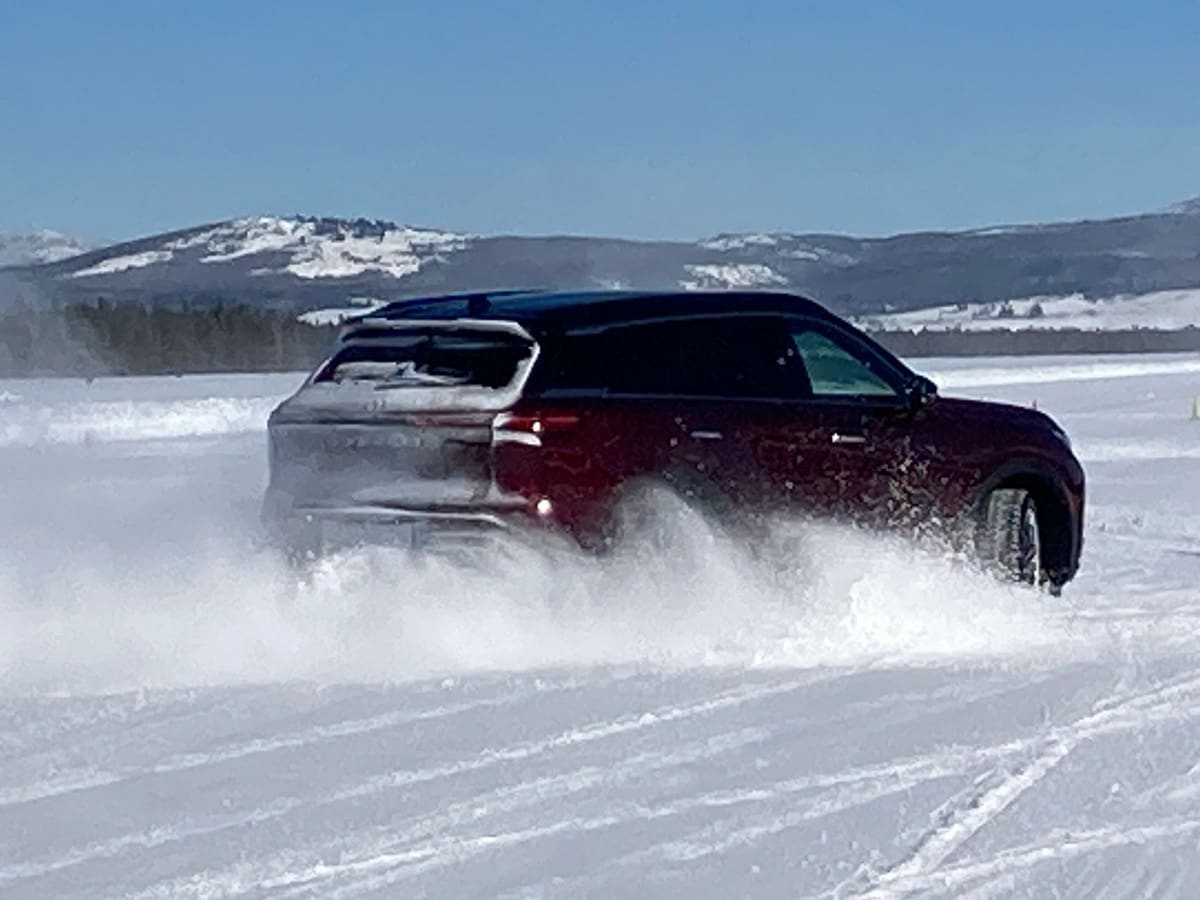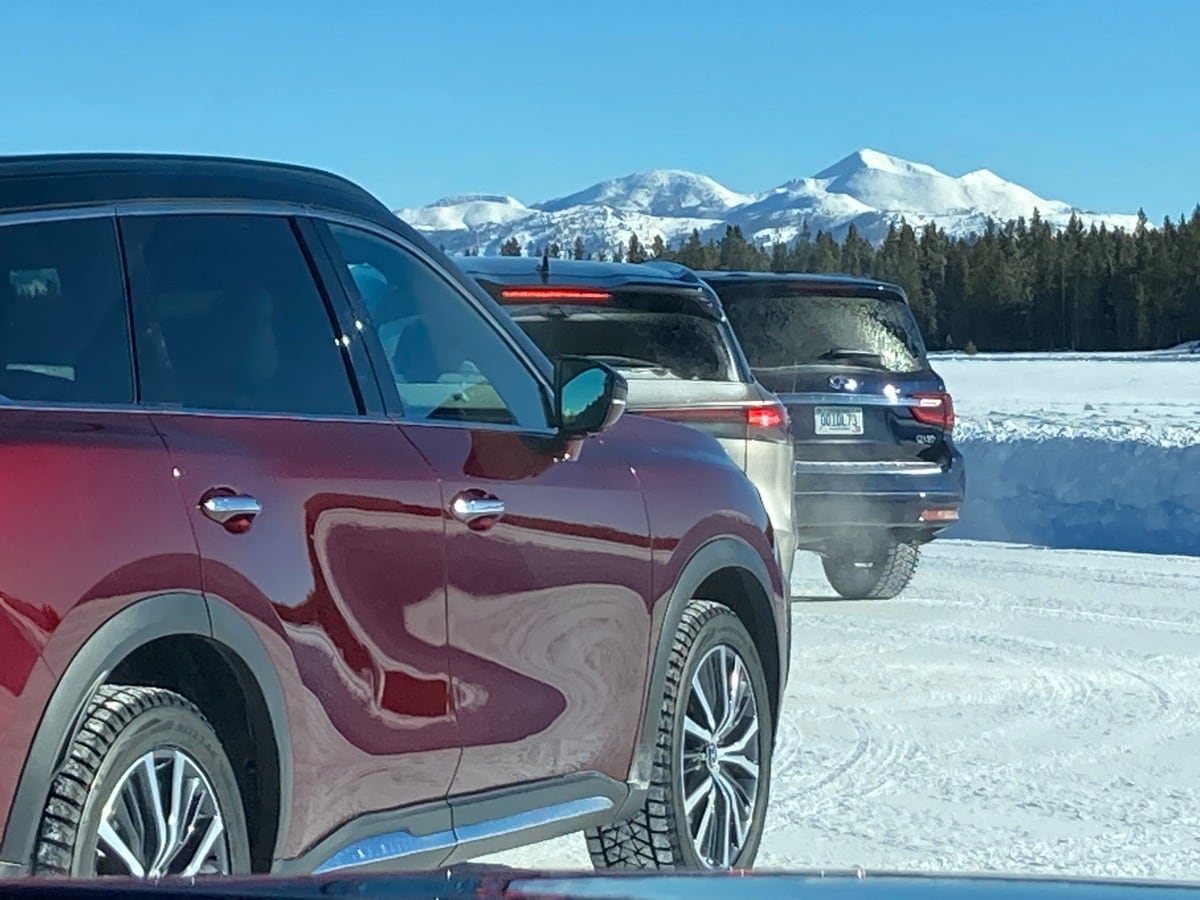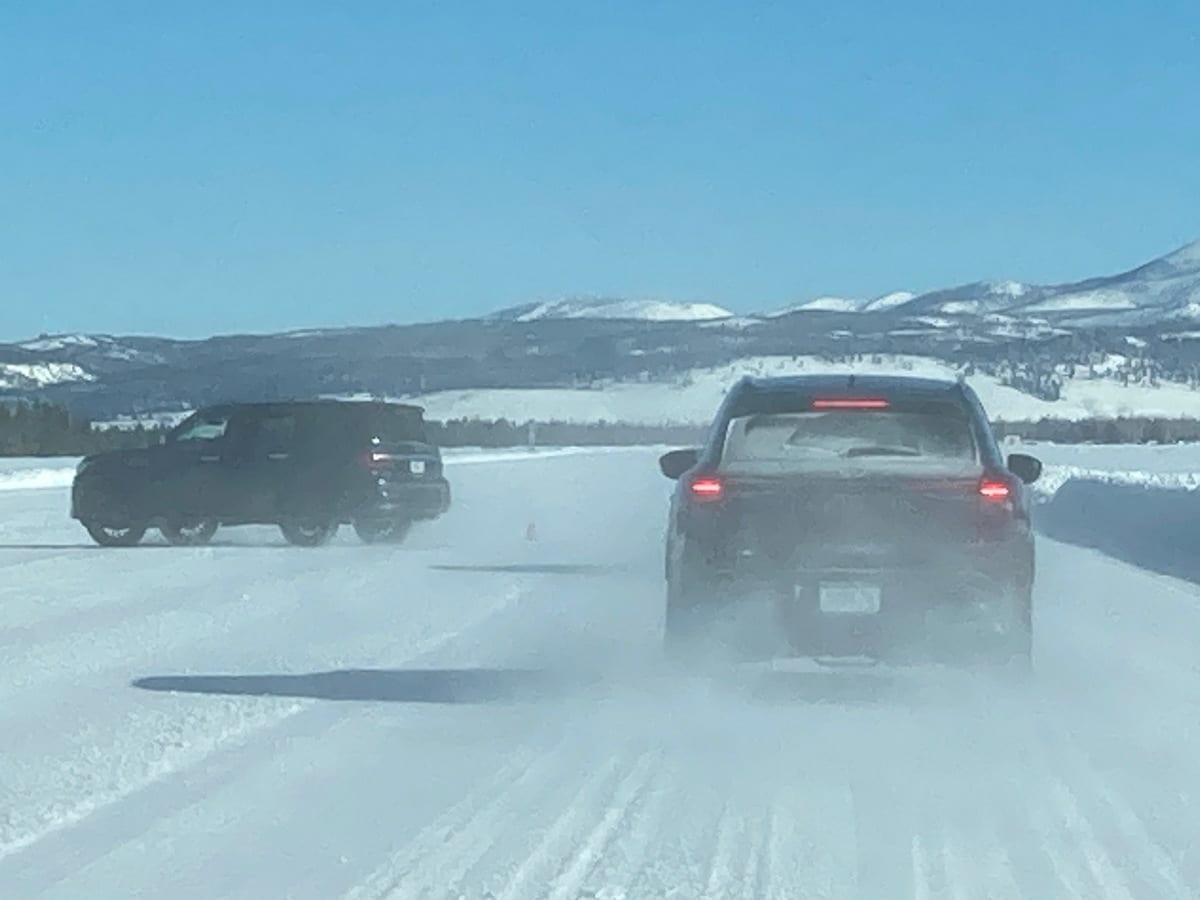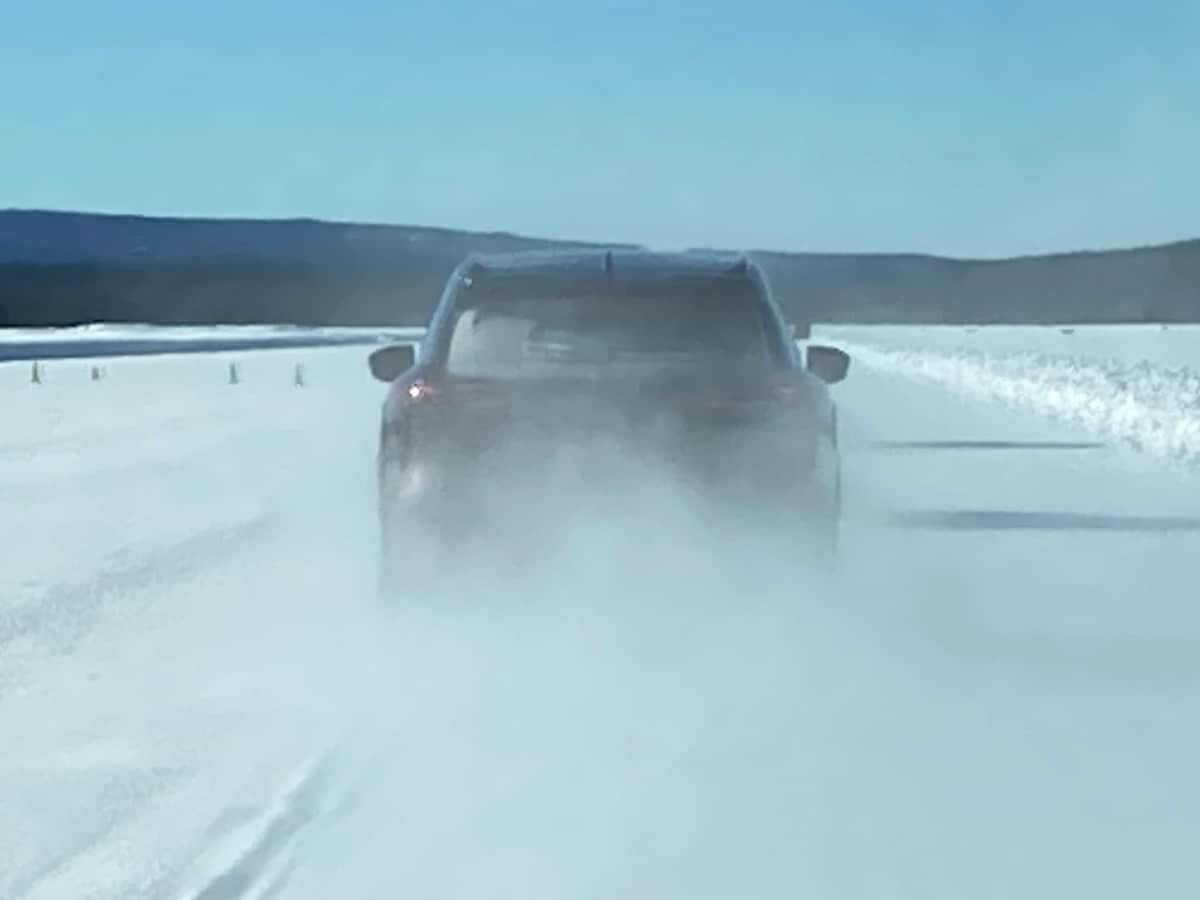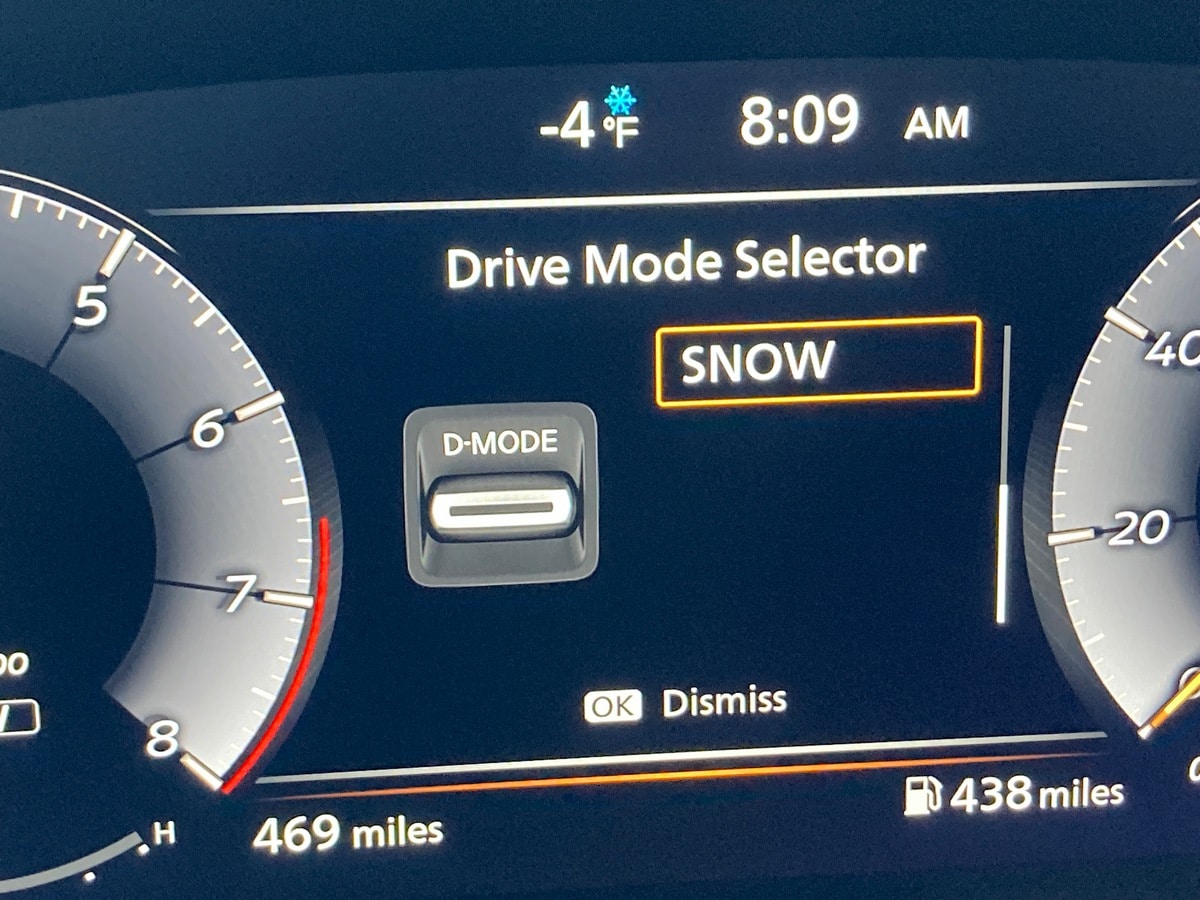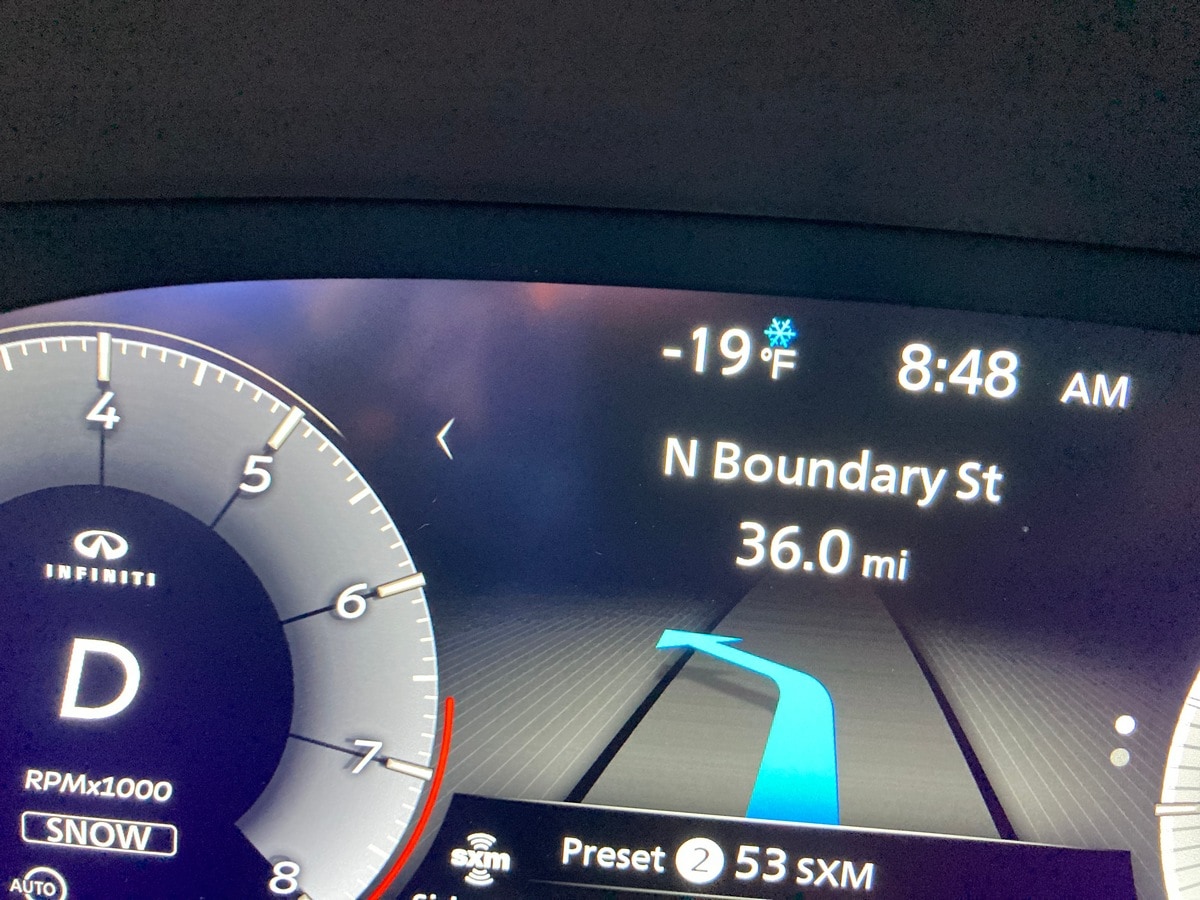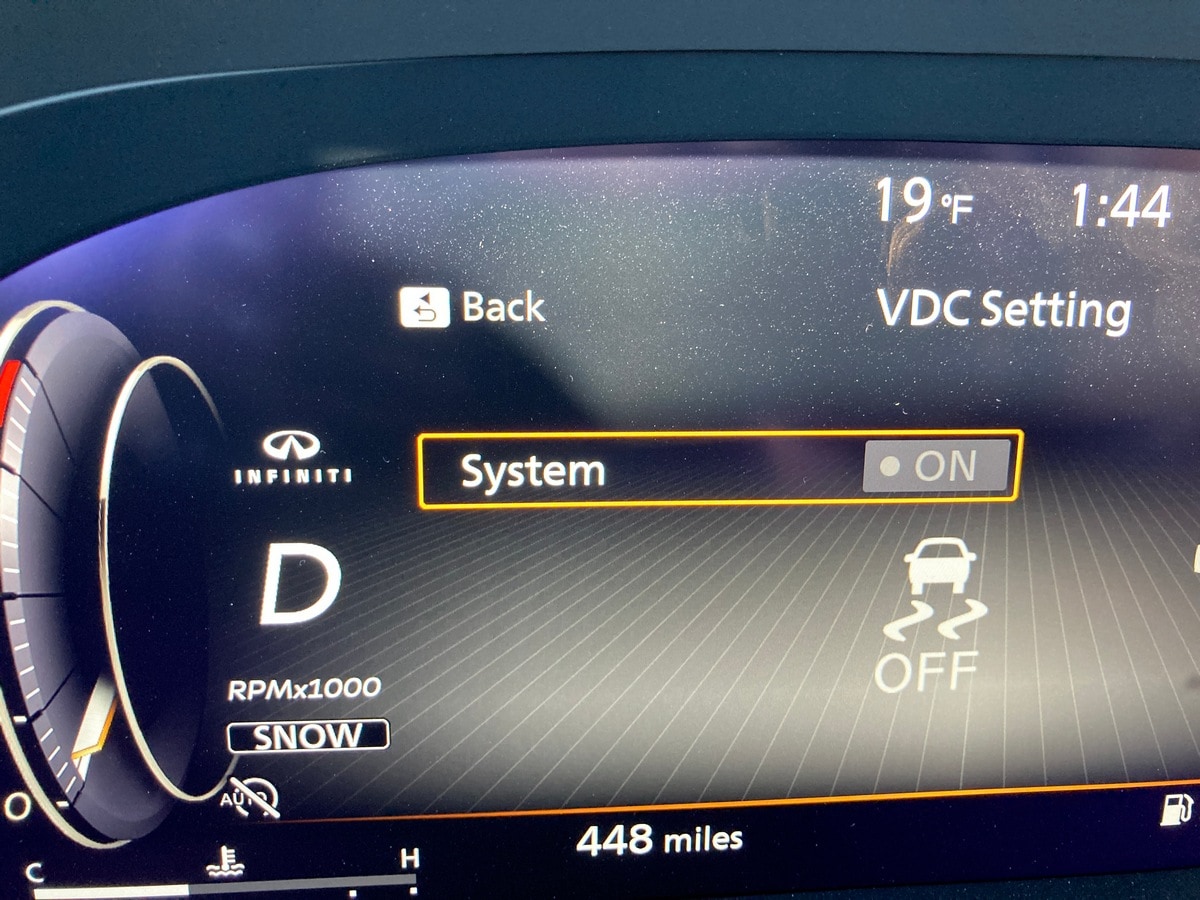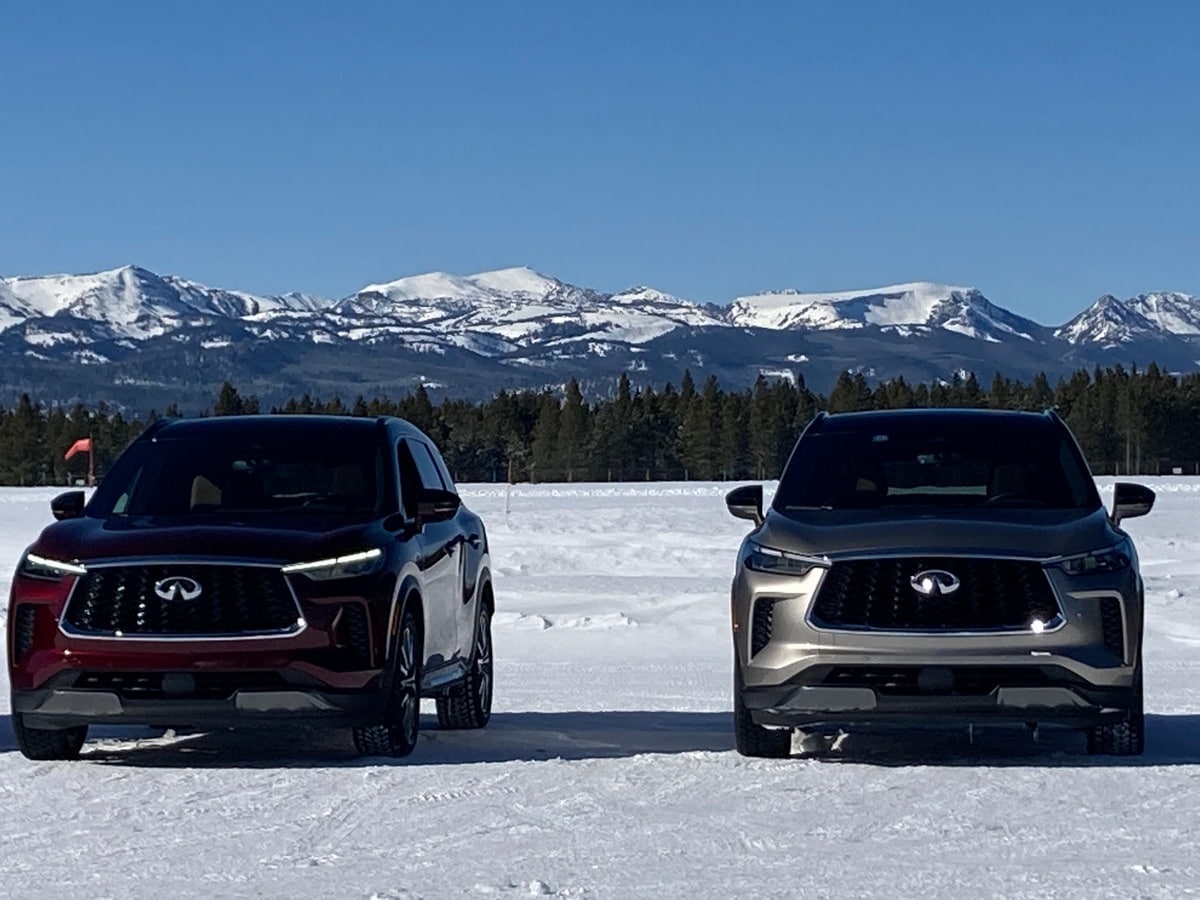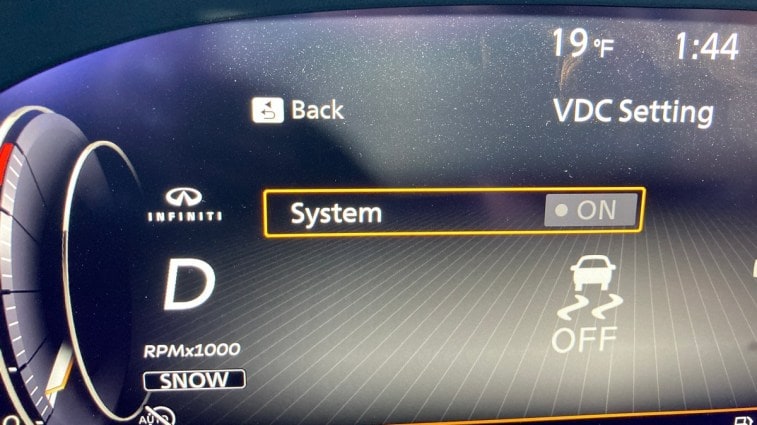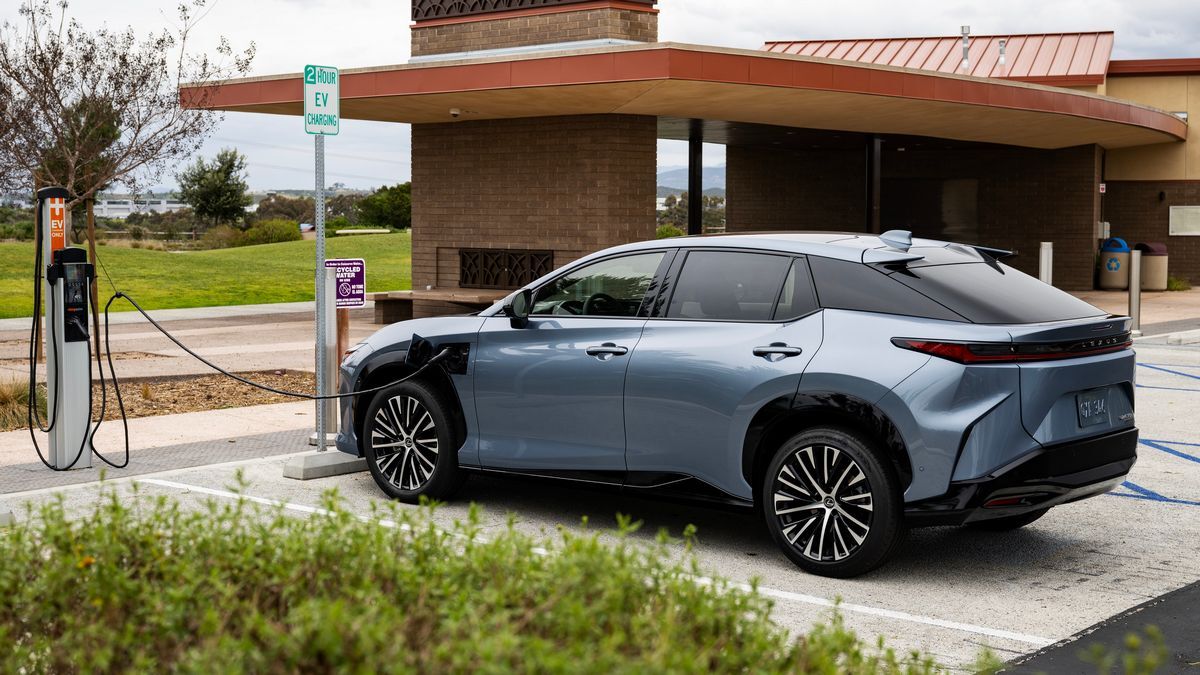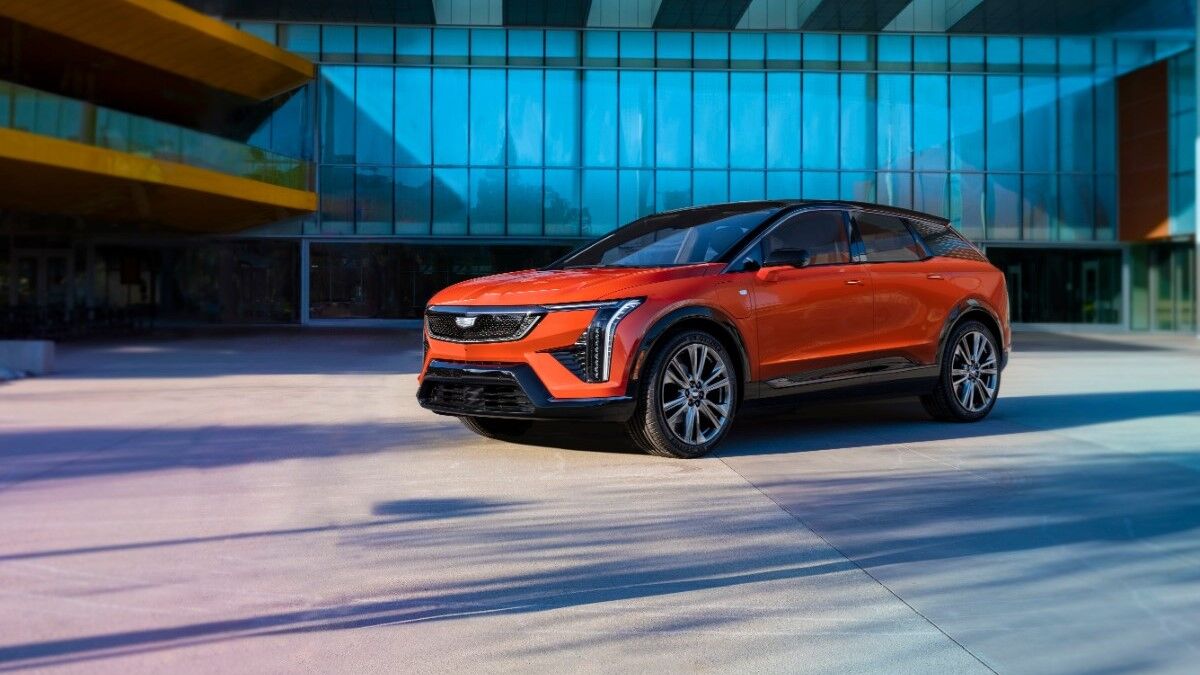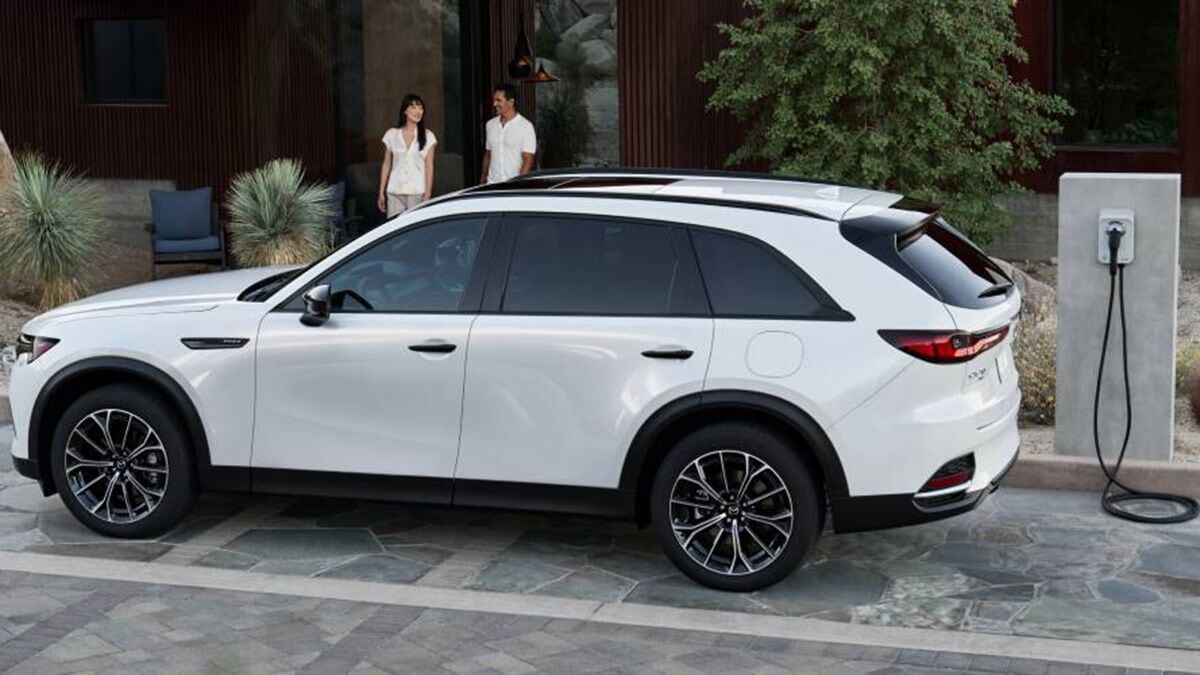You probably already know that all-wheel drive (AWD) is recommended for a vehicle if it will be driven on snowy, ice-encrusted roads. You’ve likely heard how AWD provides extra grip and assurance when dealing with such wintry conditions. But simply knowing that and actually putting an AWD system into practice to experience how it performs are vastly different things. We recently had the chance to get familiar with Infiniti’s AWD system in some harsh conditions and came away with an understanding of what such systems can — and can’t — do. Here’s what you should know.
Cold-Weather Testing Ground
We tested an Infiniti QX60 3-row luxury SUV in a place where AWD should pretty much be mandatory: Montana — in the dead of winter, no less. Our day of testing saw snowdrifts several feet high and temps registered as low as minus 19. In other words, it was a great time and place to put Infiniti’s AWD system to the test.
Our route took us from Big Sky to the closed-for-the-season West Yellowstone Airport. Why go to a closed airport? Because for us, it was turned into a snow- and ice-driving course. Here we could safely put this 3-row luxury SUV through its paces and do things both recommended (traction control off, Snow mode engaged) and not (traction off, Sport mode on, and ensuing drifting antics). In addition to these models being equipped with all-wheel drive — because of course — they also wore Bridgestone Blizzak winter tires.
What We Learned and You Should Know
First, the above is a good combination, regardless of what you drive. All-wheel drive can only do so much and won’t be nearly as effective without the right tires. Winter tires, meanwhile, make a world of difference when driving on snow, even in a vehicle that is front- or rear-wheel drive. Having both AWD and proper snow tires, however, will yield the best grip.
Before we hit the runway and obstacle courses that were covered in snow, ice, and dozens of orange cones that acted as guides, Infiniti’s instructors gave us pointers on how to drive in such winter conditions. Perhaps the most vital involved target fixation. In other words, look where you want to go, not at a specific point. For example, if all you focus on is a tree you’re trying to avoid, there’s a good chance that you’ll run right into it. Instead, turn your head and eyes in the direction of the path you intend for your vehicle to go.
I remember learning this years ago at motorcycle rider training and found this advice just as useful for driving cars — especially on slippery surfaces.
Then there’s the issue of traction control. While there can be some special instances where you would intentionally turn it off — if you get stuck in snow or mud, for example — most of the time, you will want to leave it on. Thankfully, in modern cars, it’s always on by default. Infiniti’s name for this feature is Vehicle Dynamic Control, or VDC.
Traction Control On vs. Off
To experience firsthand the difference it makes, we did run after run in the snow with the system both off and on. In short, leave it on if you want the vehicle to remain in its intended path instead of sliding where you don’t want it to go.
Even more profound is the difference it makes on some of the most dangerous road conditions — ice. Whereas some grip can still be had in snow, all bets are off when it comes to ice. You may as well be trying to drive on marbles.
The best advice for driving on ice is to go far slower and gentler than you even think you should. And anticipate turns before they come. Everything happens slower on ice, until it doesn’t, and you’re sliding uncontrollably. With VDC on and by practicing gentle inputs to the throttle, brakes, and steering, we were eventually able to drive our Infiniti QX60 through an icy roundabout in a smooth manner. Trying that with VDC off and a heavier foot nearly landed us in a snowbank time after time.
The Throttle Effect
One final thing to be aware of when driving on snow and ice is the way and force in which you press the accelerator and brake pedals. Knowing you shouldn’t slam on the brakes in such conditions doesn’t take a genius. But abruptness on the gas pedal can also mean peril. Case in point: When you abruptly lift your foot off the accelerator, especially at higher speeds, it causes weight transfer in the vehicle that can make the rear slide out.
In addition to our antics in the controlled environment of the snow course, we also logged hours on public roads, where vigilance was even more critical. Here we kept VDC on and Snow mode engaged, which optimized the QX60’s powertrain for such duty.
Infiniti calls its AWD system “Intelligent,” and we found it an unwavering companion. The system can split power going to the front and rear wheels up to 50/50, depending on the traction needs of the moment. Combined with its smooth V6 engine and 9-speed transmission, the Infiniti QX60 proved a sure-footed companion that comfortably and safely made a day in the white stuff seem like a walk in the park.
